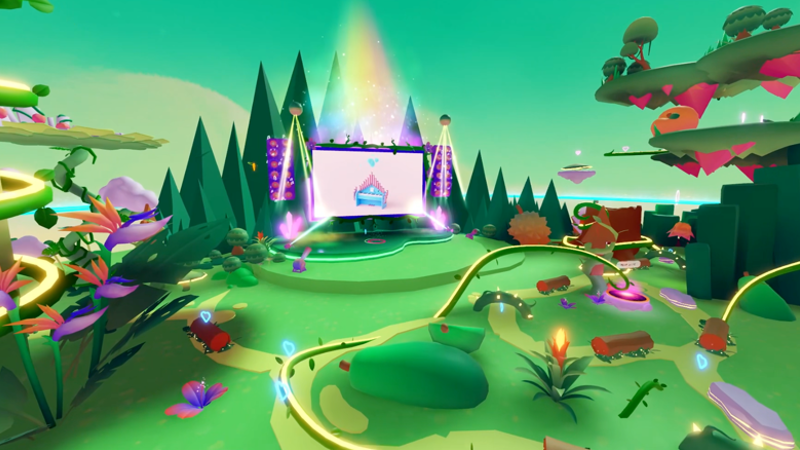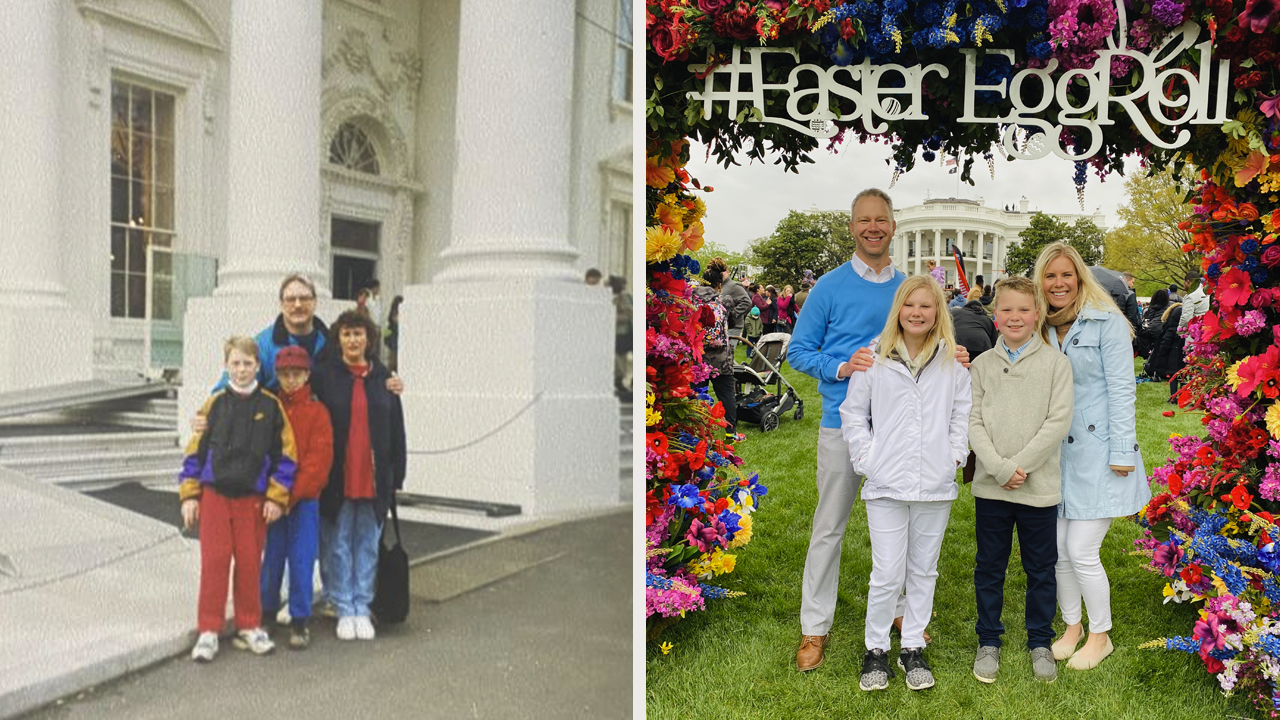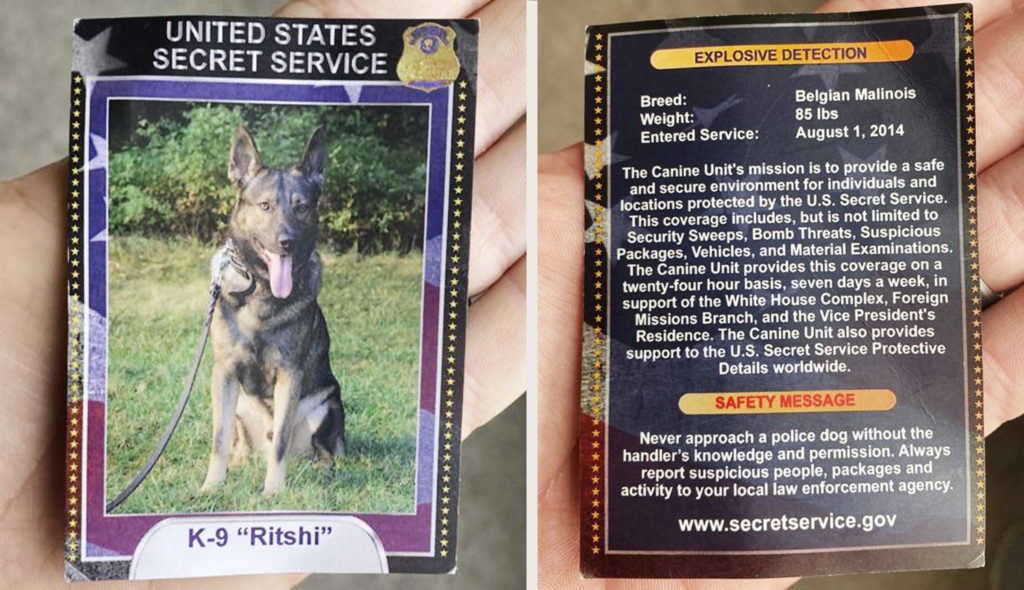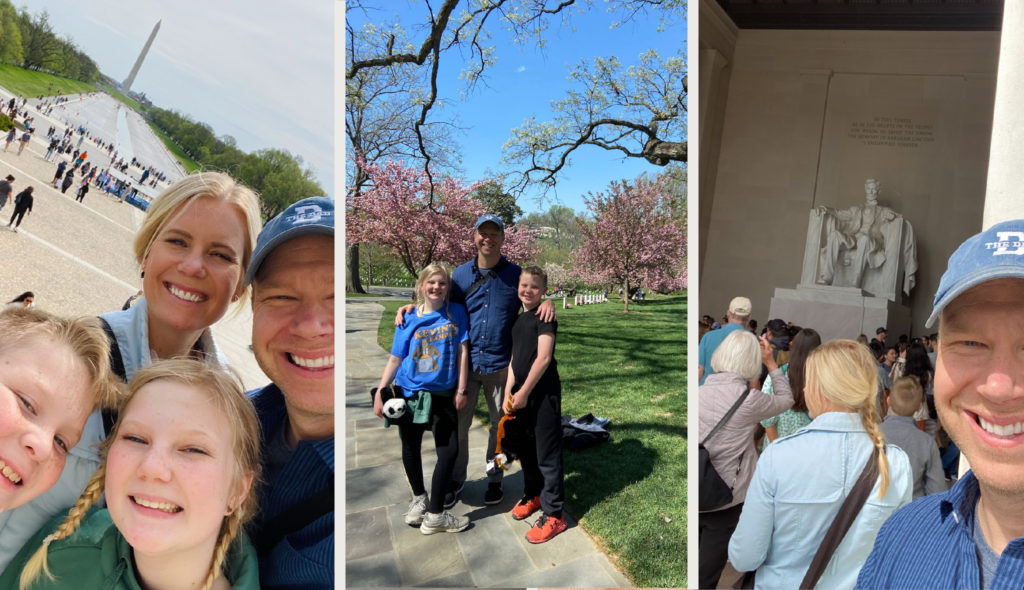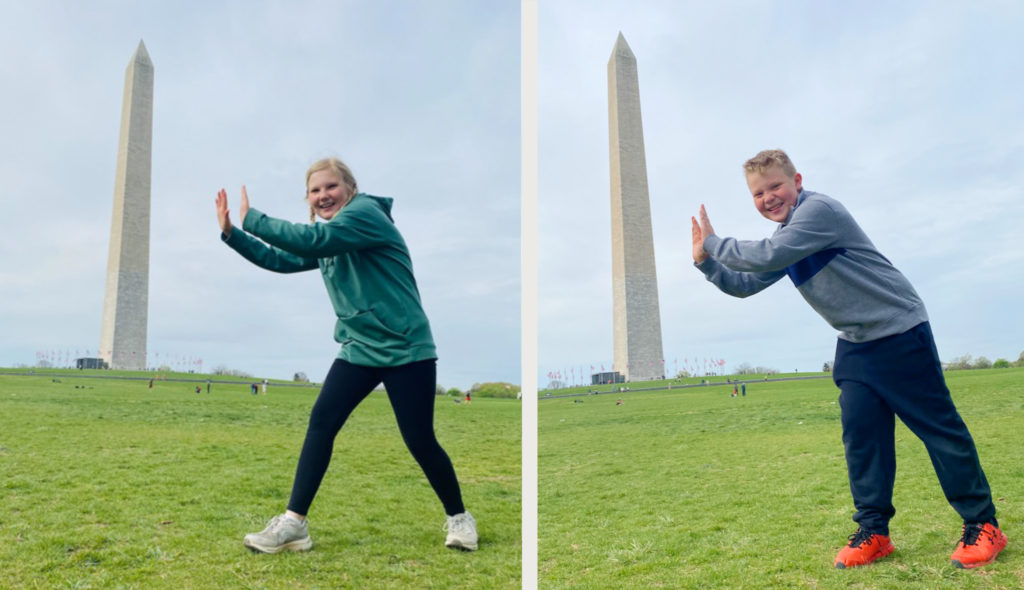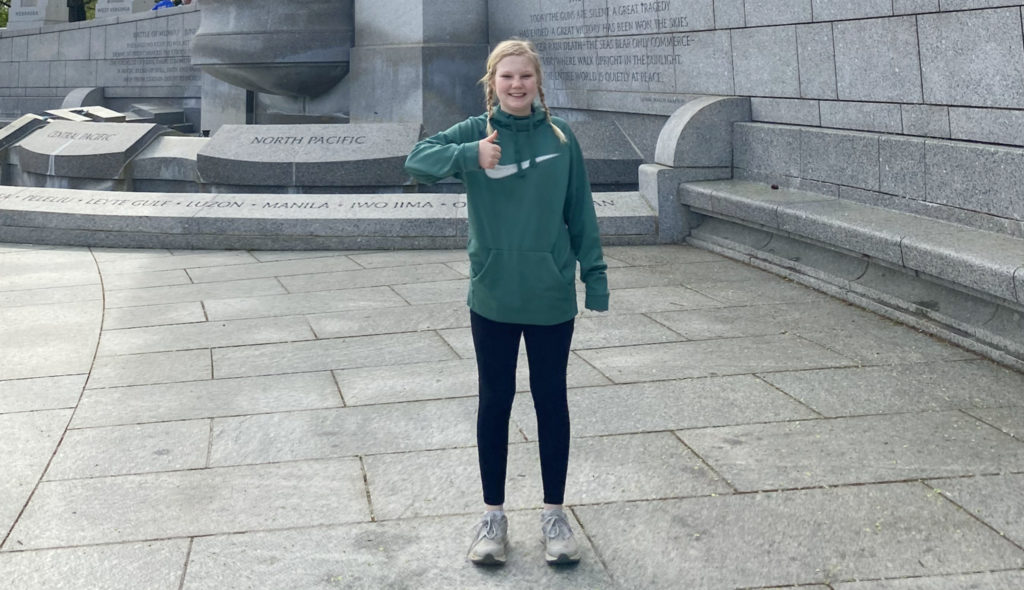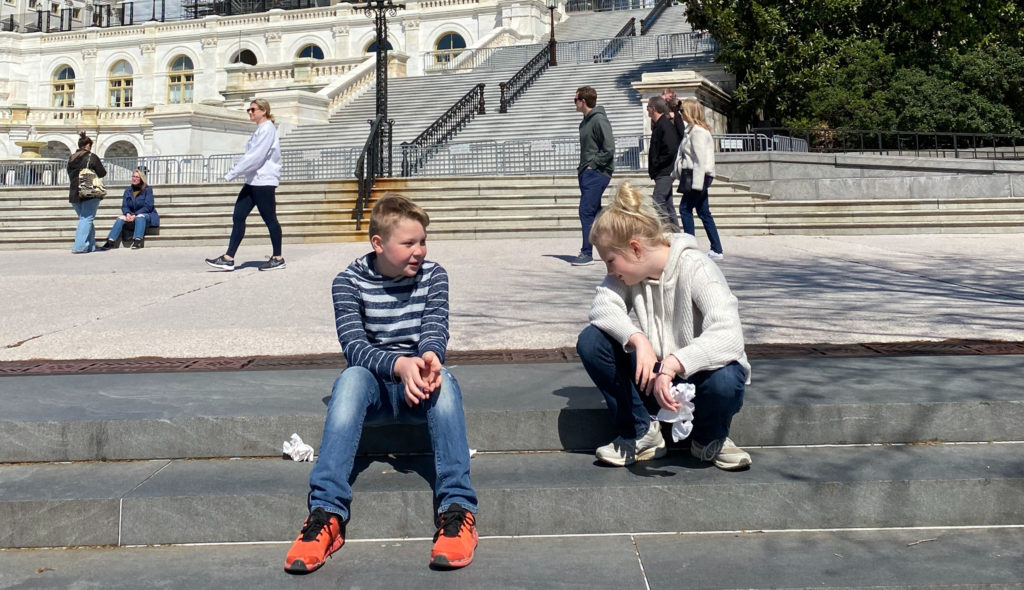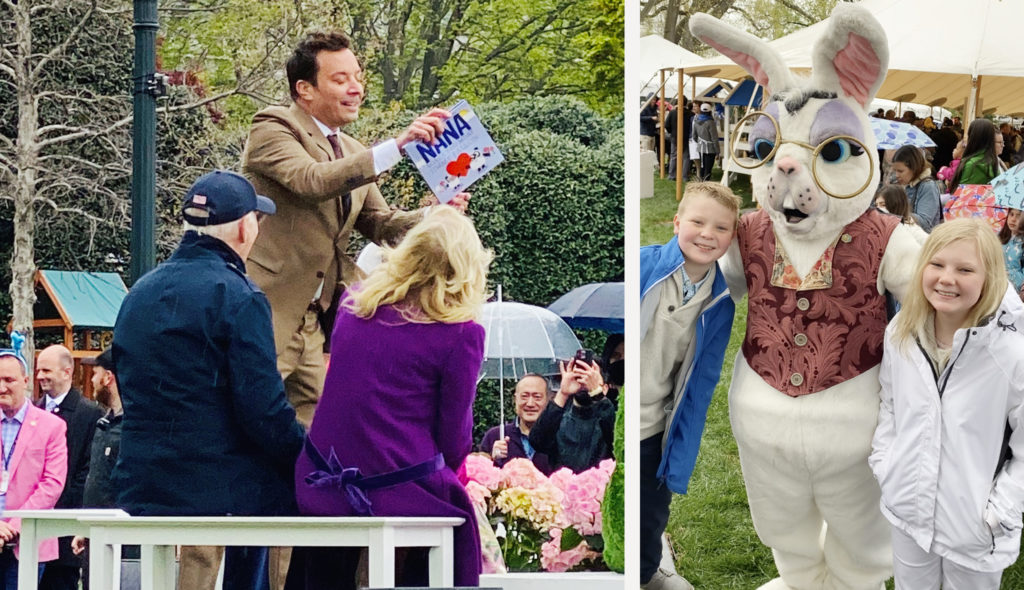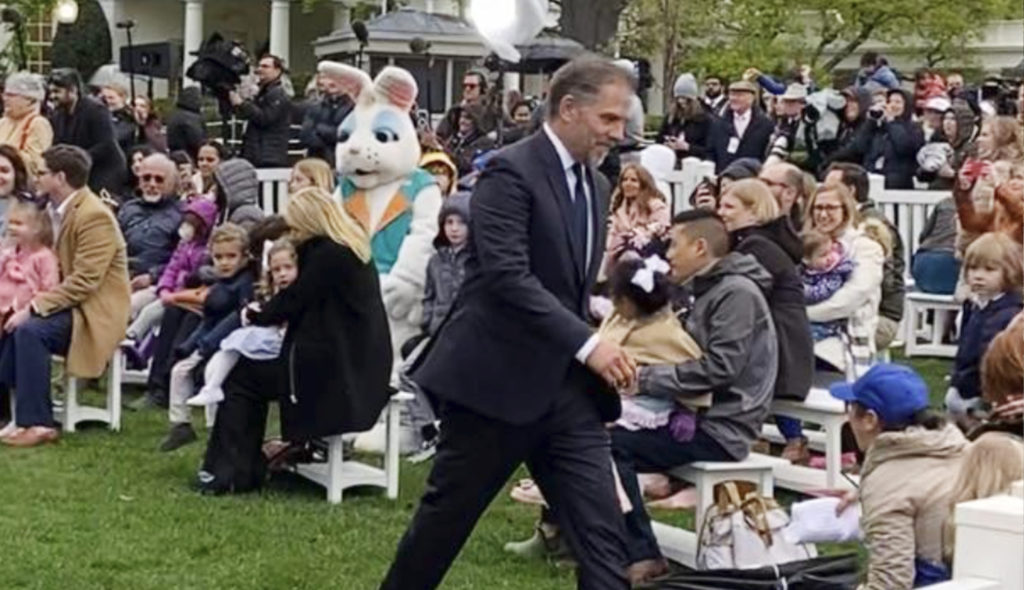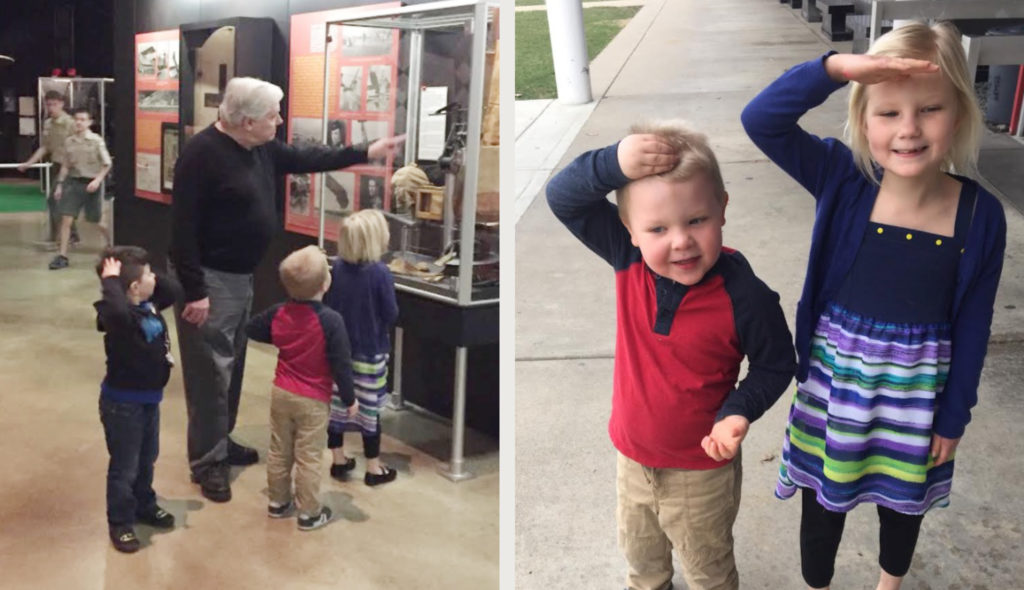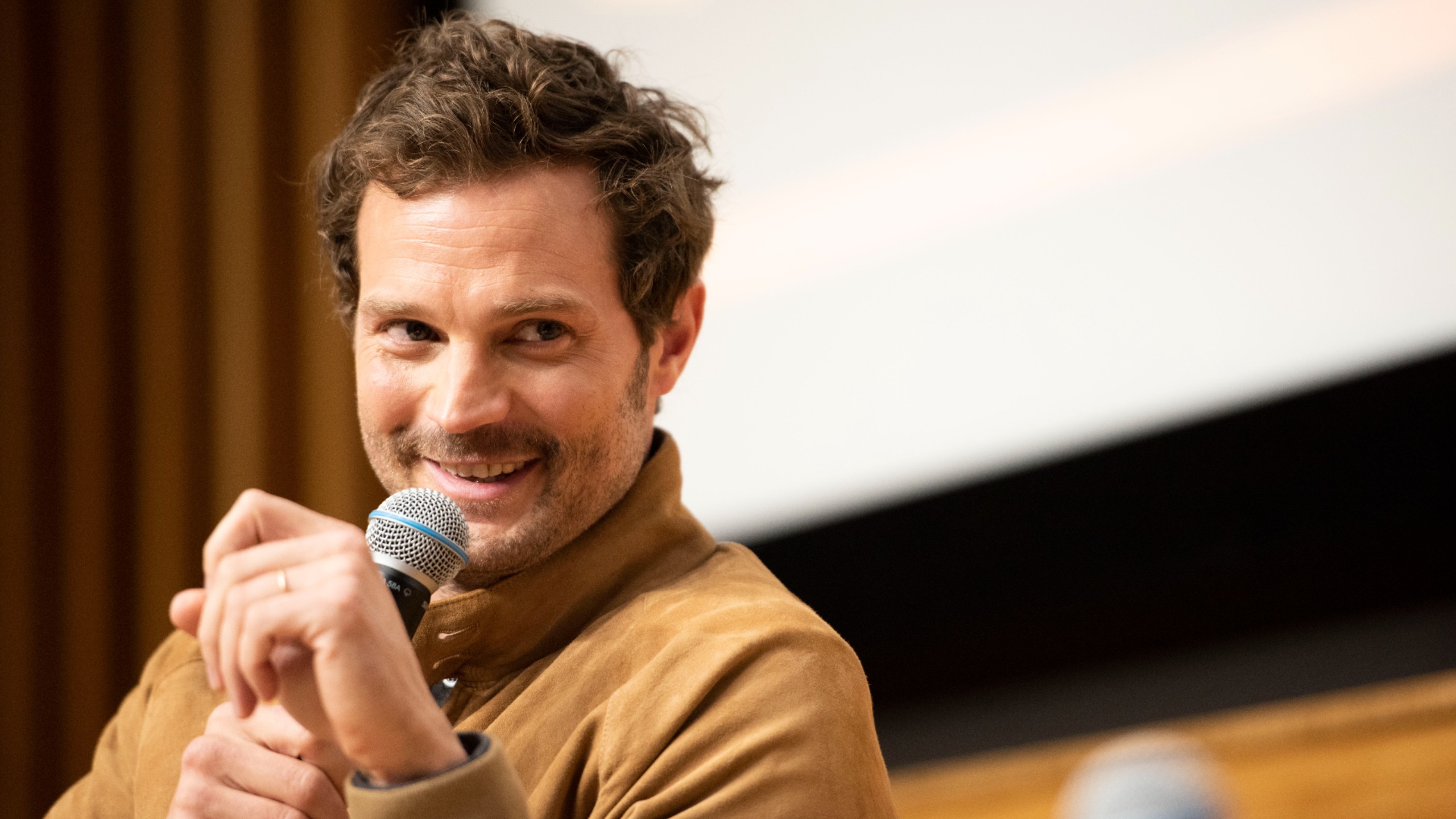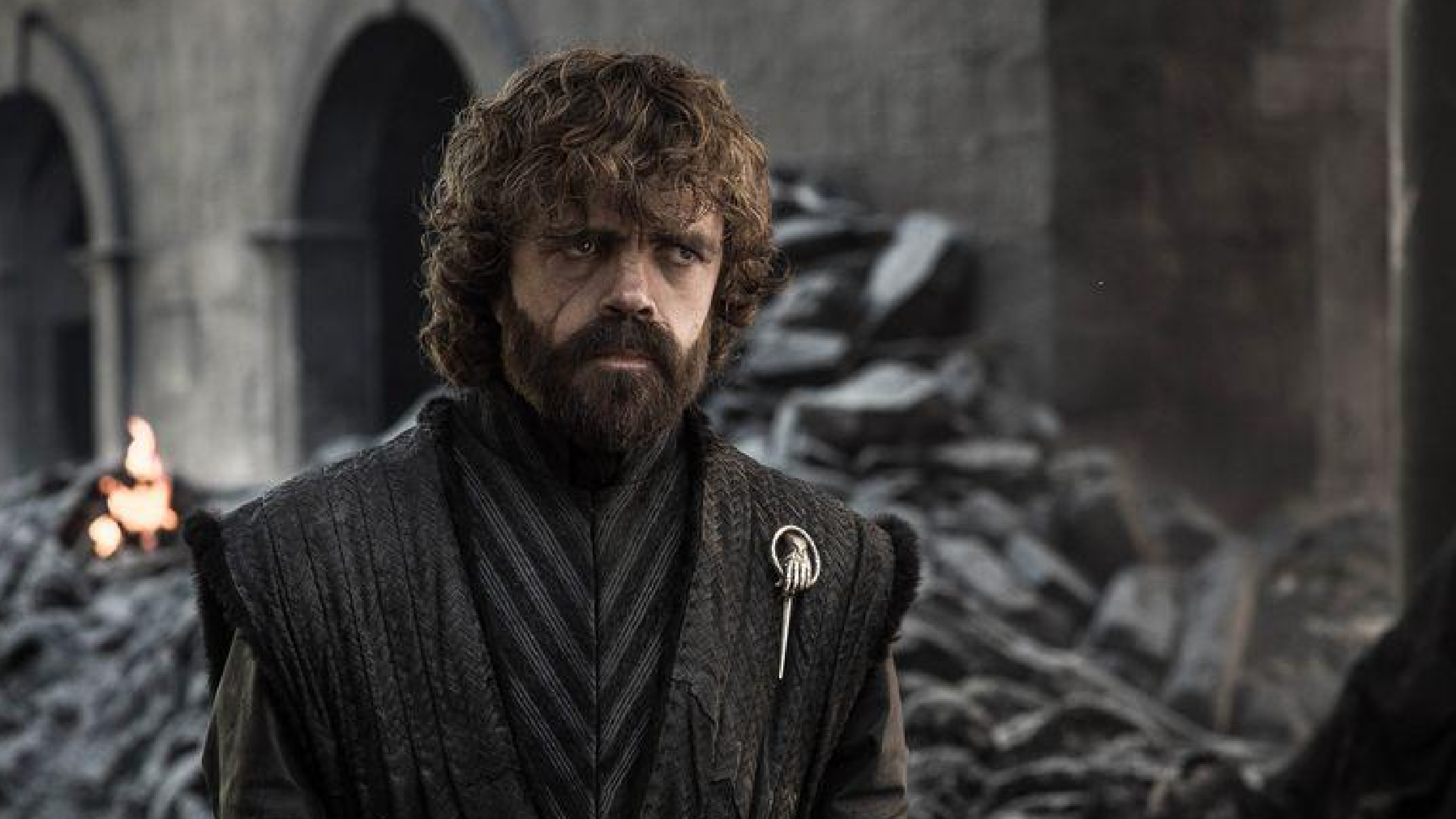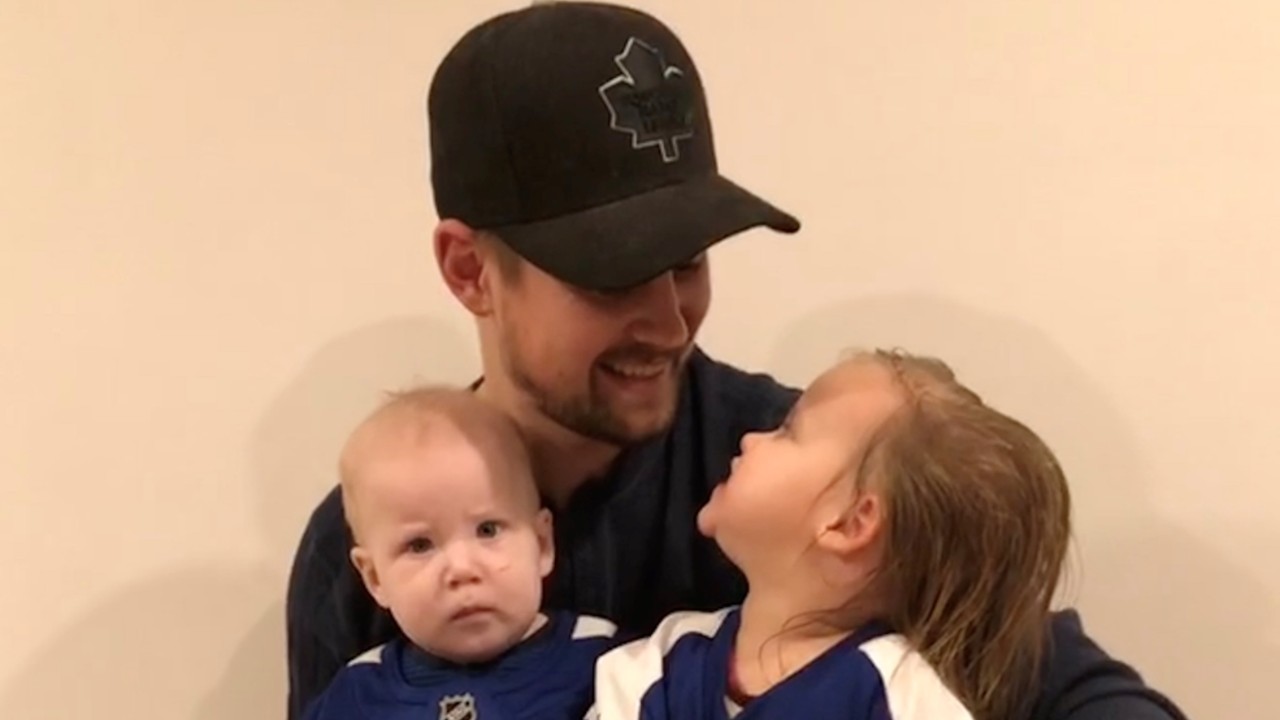Last week we were watching The Many Adventures of Winnie The Pooh and just as it was coming to a close, my daughter turned to me, sighed and said “Daddy. I luff Winnie-a-Poot”.
This is unprecedented. Normally movies are demanded or rejected, but rarely commented upon, and certainly never “luffed”. This is an expression of love usually reserved only for Mommy, Daddy, and blueberries.
What is it about Winnie-a-poot than inspires such high praise? Such devotion and admiration?
There’s a lot to enjoy in the 1977 Disney feature. The plot is airy and pleasantly free of high stakes or melodrama. The animation is beautiful. The songs are subtly hummable, quietly catchy. The nostalgic childhood feel is painted with a realistic, but light touch.
But none of these things inspire real love. What inspires love in my daughter is the characters, and it isn’t hard to see why. They are all proper role models of people she could/should grow up to be.
Rabbit
Take Rabbit, for example. Rabbit is a fussy, self-important scold. He spends his time in the movie alternately trying to minimize the impact his friends have on his well-ordered life, or complaining about the mess they’ve made of it. He’s basically the same character as Zazu from the Lion King, but not as funny. The kind of human you’re most likely to find working behind the desk at a Post Office. Wait, that isn’t right. Let me try again.

Tigger
Let’s use Tigger as our example. Tigger is pretty much the exact opposite of Rabbit. He’s chaotic and energetic, relentlessly positive. Always bouncing, always happy. If he had Facebook it would be wall-to-wall inspirational memes. The kind of guy who you bump into when he’s out jogging, he talks a mile a minute about all the great things going on in his life, while jogging on the spot and checking his heart-rate on his Apple Watch, then yells “Gotta go! It was great catching up!” as he’s already running away.
Damn, I did it again.

Eyeore
So these descriptions aren’t exactly the most positive ones, fine. I may have been channeling Eyeore a little. But they still show why these characters inspire real love in my daughter and me. Because they feel real. They aren’t cursed princesses or crime solving mice, they’re just people, muddling along. We all have a friend or family as controlling as Rabbit or, as irrepressible as Tigger. We all know someone like Eyeore; always pesimistic, always expecting the worst.
And the movie knows this. Unlike Zazu in the Lion King, Rabbit’s fussiness isn’t treated as a joke, or as an inherently ridiculous trait. Sure when he tries to control Tigger, he gets his comeupance, but his trepidations about Pooh’s appetite prove correct. Tigger’s positivity and Eyeore’s negativity sometimes come in handy, but also sometimes get them into trouble. These characteristics aren’t presented inherently good, or inherently bad, they’re just presented as inherently human (or rabbit, or donkey or…uhh… tigger I suppose).

Owl
But of course, just being presented in this way isn’t enough to inspire the adoration of everyone from two to ninety-two. There’s one more ingredient that makes these characters truly loved: They are kind. Despite their quirks and foibles, despite their irritations and annoyances, the characters of Winnie-The-Pooh invariably treat each other as kindly as they can.
When Pooh shows up at Rabbit’s door, Rabbit freaks out, panicking over the mess he knows Pooh will make of his perfectly organized life. But Rabbit offers him lunch anyway. And you get the impression that, despite everything that happens, despite Pooh eating every ounce of honey in the place, despite his blocking Rabbit’s door for weeks, if Pooh showed up again the next day with an expectant look in his eye, Rabbit would offer him lunch again.
This kindness goes a long way. Owl’s longwinded, indulgent speechifying, is rendered harmless and even enjoyable by his offer of an accompanying lunch. (It’s telling how often this kindness involves food: something well understood by your average two-year-old). And this kindness is repaid ten-fold in Eyeore’s finding Owl a house, albeit Piglet’s, and in Piglet freely gifting him that home.

Piglet
These characters, you see, are truly friends. They love each other not despite, but because of their idiosyncracies. Piglet, more than all of them, understands this. He understands that without his friends he is helpless, tiny, too timid to succeed. He understands, too, that this is true for each of them. Without Piglet & Eyeore, Owl would have no-where to live. Without Tigger, Rabbit would never learn to bounce. Without Rabbit, Pooh would have gone hungry.

Pooh
And when we see their true, unswerving friendship to each other, we feel part of it. They become our friends too. We love them for their self-importance, and for their impulsiveness, and for their lack of brains. And no matter how ridiculous Pooh’s latest scheme is, no matter whether we’re disguising ourselves as rainclouds or hunting Heffalumps, that friendship keeps us invested. We’d follow them anywhere.

